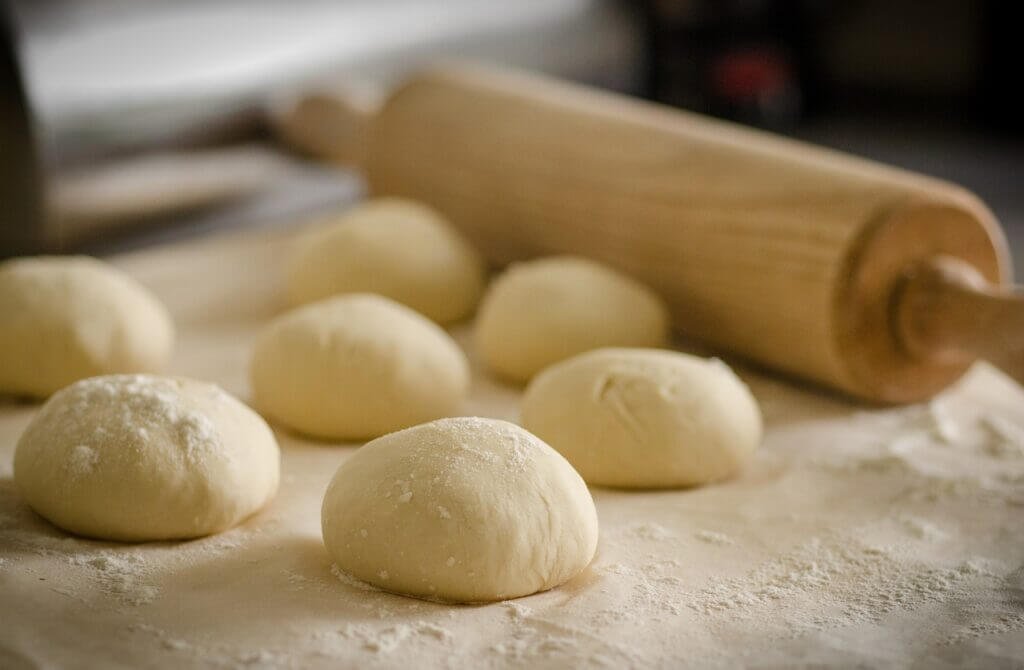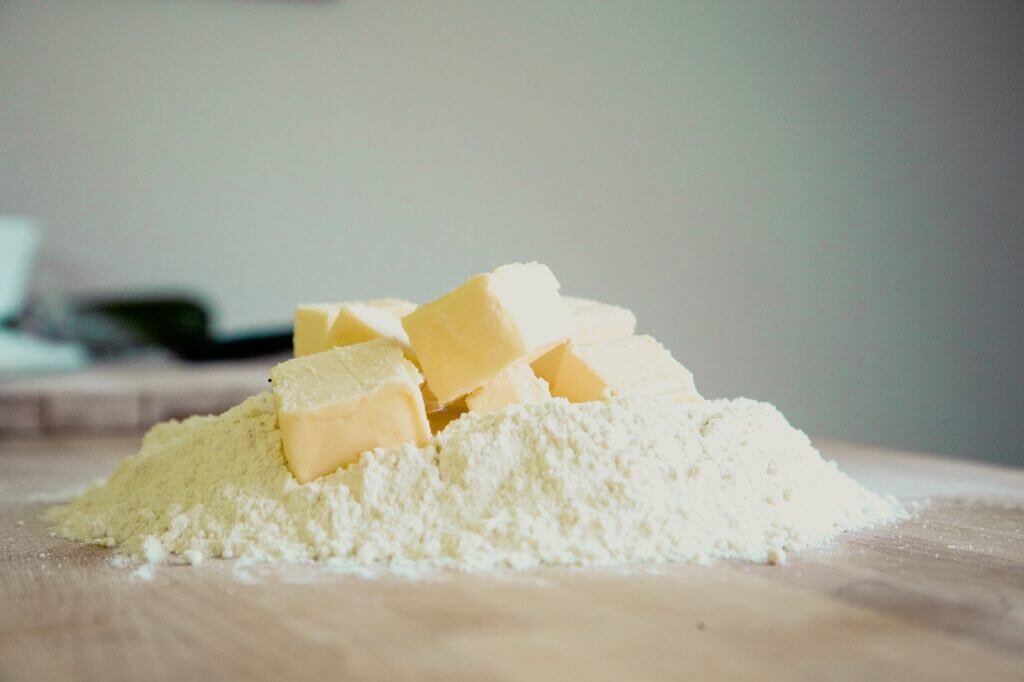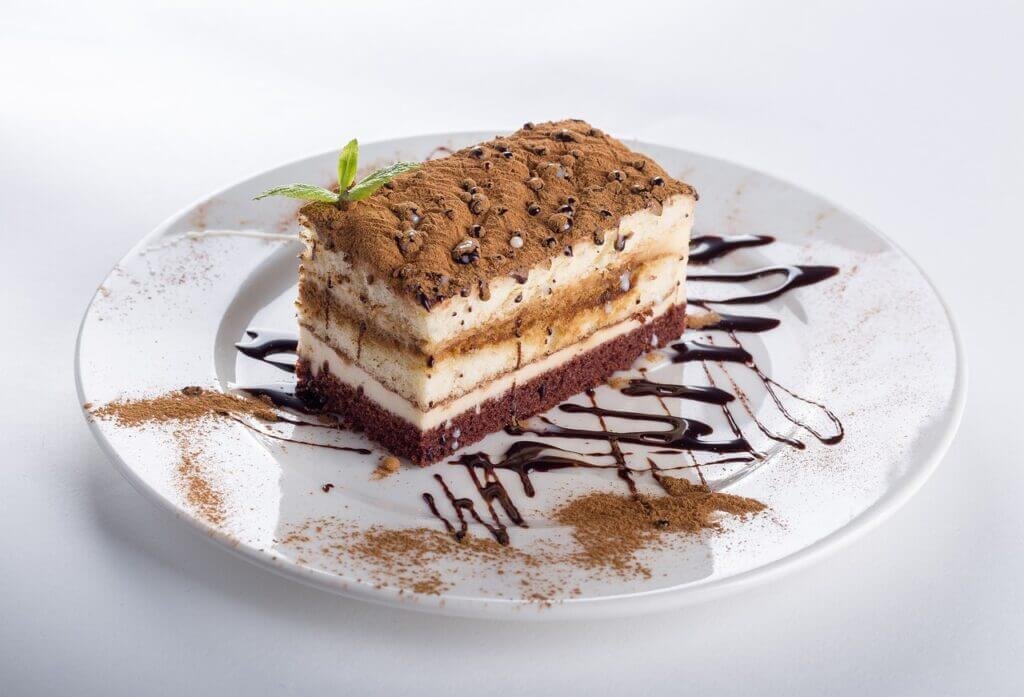Are you an aspiring baker looking to master the art of cake baking? Look no further! In this article, we will explore a handful of helpful tips and tricks to ensure your cakes turn out perfectly every time. Whether you’re a beginner or have some experience under your belt, these tried and true techniques will take your baking skills to new heights. So grab your apron and let’s get started on your journey to cake baking success!

Choosing the Right Ingredients
When it comes to baking a delicious cake, choosing the right ingredients is essential. Quality ingredients will greatly impact the taste and texture of your cake. Look for ingredients that are fresh and of high quality. This includes using fresh eggs, real butter, and pure vanilla extract. By using these quality ingredients, you can ensure that your cake will taste its absolute best.
In addition to using quality ingredients, using fresh ingredients is also crucial. Fresh ingredients, such as eggs and dairy products, will contribute to a better-tasting cake. Be sure to check the expiration dates on your ingredients and opt for ones that are not past their prime. Using fresh ingredients will not only enhance the flavor of your cake but also improve its overall quality.
Another important aspect of successful cake baking is proper measuring. Accurate measurements are essential for achieving the desired results in your cake. Use measuring cups and spoons specifically designed for baking to ensure precise measurements. Pay attention to both dry and wet ingredients, as they require different measuring techniques. Following the recipe’s measurements diligently will ensure that your cake turns out just right.
Lastly, using room temperature ingredients can make a significant difference in the outcome of your cake. Many recipes call for ingredients like eggs and butter to be at room temperature. This helps to ensure even blending and a smoother batter. Take the time to bring your ingredients to room temperature before starting your cake recipe, and you’ll notice a positive impact on the final result.
Preparation and Mixing
Proper preparation and mixing techniques are key in creating a successful cake. Starting with preheating the oven is crucial for even baking. Most cake recipes will specify the oven temperature, so be sure to preheat it to the right degree before starting to mix your ingredients.
Before pouring your batter into the pan, it’s important to grease and flour the pan properly. This prevents the cake from sticking to the pan and ensures easy removal. Use a pastry brush to apply a thin layer of melted butter or vegetable oil to the pan’s interior. Then, dust the pan with flour, tapping out any excess. This simple step will save you from the disappointment of a broken or misshapen cake.
When it comes to mixing your ingredients, be mindful of the technique used. Overmixing can result in a dense and tough cake. Instead, use a gentle folding motion to incorporate the dry ingredients into the wet ones. This will help maintain the airiness of the batter, resulting in a light and fluffy cake. Take your time, and mix just until the ingredients are evenly combined.

Understanding the Recipe
A crucial aspect of successful cake baking is thoroughly understanding the recipe. Start by reading the recipe from start to finish before beginning to bake. This will help you understand the steps involved, the required ingredients, and any potential techniques or equipment needed.
Pay careful attention to the measurements provided in the recipe. Using the correct measurements is essential for achieving the desired texture and flavor. Follow the recipe’s instructions precisely, especially when it comes to ingredients like baking powder, baking soda, and salt, as even a small change can significantly affect the final result.
Understanding the cooking times specified in the recipe is also crucial. Different cakes require different baking times, so it’s essential to follow the recipe’s instructions for the best outcome. Underbaking or overbaking can result in a cake that is either raw in the middle or dry and overcooked. Set a timer to ensure you remove the cake from the oven at the optimal time.
However, don’t be afraid to make adjustments to the recipe if necessary. If you prefer a slightly sweeter or less sweet cake, you can adjust the amount of sugar accordingly. Additionally, you can experiment with adding different flavors or mix-ins to personalize the cake to your liking. Just be aware that major adjustments to the recipe may affect the overall outcome, so it’s best to start with minor modifications.
Baking Techniques
Using the proper baking pan is essential to achieving a successful cake. Different cake recipes may call for specific types of pans, such as round pans, square pans, or bundt pans. Ensure that the pan you use matches the size and shape specified in the recipe. Using the wrong pan can result in an uneven bake or an overflow of batter.
Layering a cake is a technique often used when making multi-layer or tiered cakes. It involves evenly dividing the batter between multiple cake pans and baking them separately. This ensures that each layer bakes evenly and results in a well-balanced cake. When layering the cake, be sure to level each layer before stacking them to ensure stability.
Positioning the oven rack is key in achieving even heat distribution during baking. Most cake recipes will specify the rack position, usually in the middle of the oven. This allows the heat to circulate evenly around the cake, preventing any uneven cooking. Follow the recipe’s instructions regarding the oven rack position for the best results.
While it may be tempting to check on your cake as it bakes, it’s best to avoid opening the oven door. Opening the door can cause drastic temperature changes and lead to an uneven bake or collapsed cake. Trust the recipe’s recommended baking time, and resist the urge to peek until it’s time to test for doneness.

Monitoring the Cake
To ensure your cake is baked to perfection, it’s important to monitor its progress throughout the baking process. Setting a timer is essential to avoid underbaking or overbaking. Follow the recipe’s specified baking time, but keep in mind that every oven is different. It’s a good idea to check the cake a few minutes before the timer goes off to ensure it’s baking properly.
Using a cake tester is a foolproof way to determine if your cake is done. Insert the cake tester into the center of the cake, and if it comes out clean or with a few crumbs, the cake is done. If the tester comes out with wet batter clinging to it, the cake needs more time to bake. Be sure to insert the tester in a few different spots to ensure accuracy.
One common mistake to avoid is underbaking or overbaking your cake. Underbaking can result in a raw, gooey center, while overbaking can lead to a dry and crumbly texture. It’s essential to follow the recipe’s specified baking time and perform the necessary tests to ensure the cake is baked to perfection.
Once your cake has reached the desired doneness, it’s time to remove it from the oven. Use oven mitts to protect your hands and carefully take the cake out of the oven. Place it on a cooling rack to allow it to cool completely before frosting or handling further.
Cooling and Frosting
Properly cooling the cake is important to prevent it from becoming soggy or falling apart. Once you have removed the cake from the oven, let it cool in the pan for about 10-15 minutes. This allows the cake to set and makes it easier to remove from the pan.
After the initial cooling period, gently remove the cake from the pan. Run a butter knife along the edges of the pan to loosen the cake. Place a cooling rack upside down on top of the cake pan and carefully flip it over. The cake should release easily onto the cooling rack. Allow the cake to cool completely before frosting.
While the cake is cooling, it’s time to make the frosting. Follow the recipe to prepare the type of frosting specified. Whether it’s buttercream, cream cheese, or ganache, make sure to follow the directions closely. Proper measurements and mixing will result in a smooth and delicious frosting.
Once the cake has cooled and the frosting is prepared, it’s time to layer and spread the frosting. If you have baked multiple layers, place one layer on a serving plate and frost the top. Repeat this process for each layer, ensuring an even coating of frosting between each layer. Finally, spread a generous amount of frosting on the top and sides of the cake, using a spatula or an offset icing knife. Take your time to create a smooth, even layer of frosting.
Storage and Presentation
Properly storing your cake will help maintain its freshness and flavor. Once the cake is completely cooled and frosted, store it in an airtight container or cover it with plastic wrap. Keep the cake at room temperature, or if the frosting requires refrigeration, place it in the refrigerator. Proper storage will ensure that your cake stays moist and delicious for as long as possible.
When it comes to presenting your cake, the possibilities are endless. Decorating the cake can be a fun and creative process. Use your imagination to add decorations such as fresh fruits, chocolate shavings, or edible flowers. Dusting the cake with powdered sugar or cocoa powder can also add an elegant touch. Let your creativity shine and create a cake that is not only delicious but visually appealing as well.
If you need to transport your cake, take precautions to ensure its safe arrival at your destination. Place the cake in a sturdy cake carrier or box to protect it from any bumps or shifts during transit. If possible, keep the cake refrigerated until just before transport to prevent any melting or damage to the frosting. Secure the cake carrier or box, and handle it with care while on the move.
Once you’re ready to serve the cake, cut individual slices using a sharp, serrated knife. Place each slice on a serving plate, and enjoy your hard work. Take a moment to savor the delicious flavors, textures, and aromas that you have created. Remember to share the cake with your friends and loved ones, as nothing beats the joy of sharing a homemade cake with others.
Common Mistakes to Avoid
When baking a cake, it’s important to be aware of common mistakes that can affect the final result. Overmixing the batter is a common mistake that can lead to a tough and dense cake. Avoid overmixing by gently folding the dry ingredients into the wet ones, mixing just until the ingredients are incorporated.
Skipping steps in the recipe can also have a negative impact on your cake. Be sure to read and follow the recipe thoroughly, double-checking that you haven’t missed any crucial steps. Each step serves a purpose in creating a delicious cake, so following the recipe diligently is essential.
Using expired ingredients can be detrimental to the outcome of your cake. Check the expiration dates on all your ingredients before using them. Using expired ingredients can result in a cake with off-flavors or, worse, a cake that does not rise properly. Fresh ingredients will always yield the best results, so make it a habit to regularly check the expiration dates in your pantry.
Properly preparing the pan before pouring in the batter is vital for easy removal of the cake. Greasing and flouring the pan ensures that the cake won’t stick to the sides or bottom. Taking the time to prepare the pan properly will save you the frustration of a broken or misshapen cake when trying to remove it.
Troubleshooting Tips
Even with careful preparation, sometimes things don’t go as planned in cake baking. Here are some troubleshooting tips to help you overcome common issues:
If your cake sinks in the middle, it could be due to several reasons. It may not have been baked long enough or the oven temperature may have been too low. Make sure to follow the recipe’s baking time and properly preheat your oven. It could also be caused by excessive leavening agents, such as baking powder or baking soda. Double-check the measurements and adjust accordingly.
A cake cracking on top can be the result of overmixing the batter or using too much leavening agent. Be sure to mix the batter just until the ingredients are incorporated and follow the recipe’s instructions for the amount of leavening agents. Another reason for cracking could be a high oven temperature, so double-check that your oven is set at the correct temperature.
A dry or dense cake can often be attributed to overbaking. Be sure to follow the baking time specified in the recipe and use a cake tester to determine the cake’s readiness. It could also be due to using too little liquid in the recipe or overmixing the batter. Pay attention to the recipe’s measurements and mixing instructions for the ideal texture.
An unevenly baked cake can be caused by the positioning of the oven rack. Be sure to follow the recipe’s instructions for the rack position, usually in the middle of the oven. It could also be due to an unevenly preheated oven or opening the oven door too often during baking. Take care to preheat the oven properly and avoid opening the door unnecessarily.
Additional Tips and Tricks
In addition to the main aspects of cake baking, here are some additional tips and tricks that can elevate your cake-making skills:
Using cake strips can help produce a cake with an even texture and avoid a domed top. These strips are wrapped around the outside of the cake pans and help insulate the edges, resulting in a more even bake. Simply soak the strips in water, wrap them around the pans, and secure them before baking.
Testing your oven temperature is crucial for accurate baking. Ovens can vary in temperature, and knowing the actual temperature of your oven will help you adjust baking times accordingly. Use an oven thermometer to ensure your oven is heating to the desired temperature specified in the recipe.
Flavor enhancements can take your cake to the next level. Experiment with different extracts, such as almond or lemon, to add a unique flavor profile. You can also fold in ingredients like chocolate chips, nuts, or dried fruits to add texture and taste. Get creative and tailor the flavors to your personal preference.
When it comes to decorating your cake, don’t be afraid to experiment with different decorations. From piped flowers to intricate designs, there are endless possibilities. Use frosting techniques like piping, spreading, or using a spatula to create beautiful designs. Consider adding edible decorations like sprinkles, edible glitter, or edible flowers to enhance the visual appeal of your cake.
Baking a delicious and successful cake is a rewarding experience. By choosing the right ingredients, properly preparing and mixing your batter, understanding the recipe, using proper baking techniques, and monitoring the cake’s progress, you can achieve bakery-worthy results every time. Avoid common mistakes, troubleshoot any issues, and make use of additional tips and tricks to elevate your cake baking skills. With practice and a passion for baking, you’ll become a master of the cake-making art. So roll up your sleeves, preheat that oven, and get ready to create a cake that will wow your family and friends. Happy baking, and enjoy the sweet rewards!


